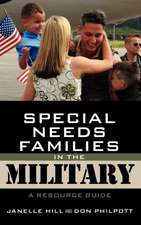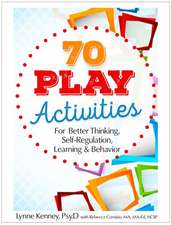Supervision Can Be Playful
en Limba Engleză Paperback – 17 aug 2011
| Toate formatele și edițiile | Preț | Express |
|---|---|---|
| Paperback (1) | 448.00 lei 6-8 săpt. | |
| Rowman & Littlefield – 17 aug 2011 | 448.00 lei 6-8 săpt. | |
| Hardback (1) | 983.00 lei 6-8 săpt. | |
| Rowman & Littlefield – 13 aug 2008 | 983.00 lei 6-8 săpt. |
Preț: 448.00 lei
Nou
Puncte Express: 672
Preț estimativ în valută:
85.73€ • 89.40$ • 71.25£
85.73€ • 89.40$ • 71.25£
Carte tipărită la comandă
Livrare economică 21 martie-04 aprilie
Preluare comenzi: 021 569.72.76
Specificații
ISBN-13: 9780765705341
ISBN-10: 0765705346
Pagini: 326
Ilustrații: black & white illustrations, figures
Dimensiuni: 152 x 226 x 23 mm
Greutate: 0.52 kg
Editura: Rowman & Littlefield
ISBN-10: 0765705346
Pagini: 326
Ilustrații: black & white illustrations, figures
Dimensiuni: 152 x 226 x 23 mm
Greutate: 0.52 kg
Editura: Rowman & Littlefield
Notă biografică
Edited by Drewes and Mullen - Contributions by Sue Bratton; Peggy Ceballos; David A. Crenshaw; Judith M. Dagirm...
Descriere
Supervision Can Be Playful focuses on the dynamic nature of the clinical supervisory relationship when the supervisee is a mental health professional working with children. The contributors focus on the unique issues faced in supervising child and play therapists, as well as the unique challenges faced by these clinicians in treatment. The rational























